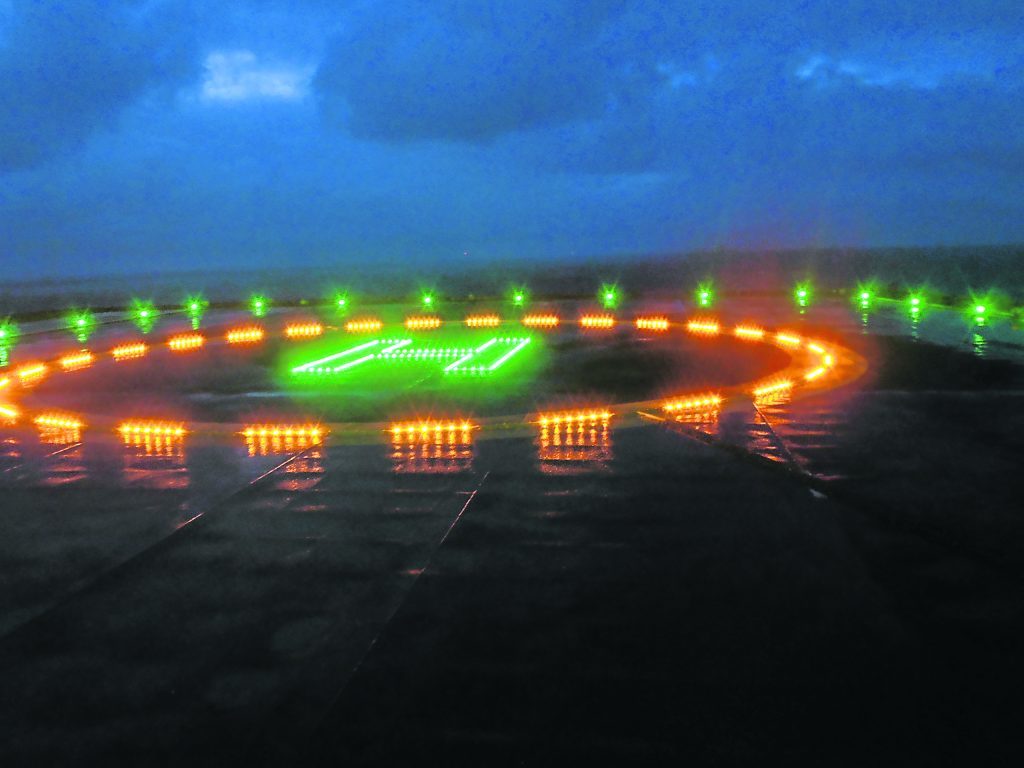
Over the past 18 months, there has been much said around the need for collaboration in the drive for the long term sustainability of the energy industry.
But what do we really mean by collaboration? At Bilfinger, we have taken a pragmatic approach to the challenges currently facing the energy industry, and to me, collaboration simply means working together with other like-minded and progressive companies, taking the bold step to openly identify real synergies and then being determined enough to follow through and jointly implement the new approach. What does this mean practically though? Let’s look at just a few examples.
Technology to improve personnel performance
Digitisation is a major strategic goal for Bilfinger – it is estimated that an efficiency gain equivalent of 20% is possible through digitising the offshore workforce.
For example, the industry currently manages the life cycle of integrity management in a very inefficient and old fashioned manner. From manual data planning and offshore data collection, double typing of inspection reports, manual input of the resultant data into varied disparate management systems.
Our partnership with Apollo Engineering and investment in its data management product KnowHow™ offers significant efficiency gains through the distribution of electronic work packs and digital harvesting of inspection data from site along with real time reporting of data to the desktop of integrity managers and engineers.
Multi-skilled teams
Following a successful relationship in the Danish sector, Bilfinger and Semco Maritime have pulled together their respective strengths and are currently working with a North Sea operator to safely, quickly and cost effectively upgrade their helidecks from an electrical and structural perspective to meet the requirements of both CAP 437 and 1145 before the end of March 2018 deadline.
Bilfinger and Semco’s integrated helideck team cover all aspects of the required CAP upgrades, and add value by being able to deliver additional scopes, such as upgrading perimeter netting, coatings, replacing tie-in points, carrying out EX inspections, and fire suppression and deluge system certification.
Alternative ways of working
We have always invested in helping clients develop new ways of working, but in a challenging market, this is more important than ever.
Working with Windcat Workboats and Step Change Engineering, the company is part of a project to transform the method by which a major North Sea operator carries out crew transfers for the remaining life of one of its ageing assets.
Together, the companies have developed a boat landing design and installation which removes the need for helicopter transfers. This is the first time that such a vessel docking design has been used. The stations are around 12m tall and 20tonnes in weight and can be used in challenging weather and sea states which would make helicopter travel almost impossible.
Internal business improvements
In the last year we have entered into a strategic partnership with AIS Training to develop and extend the range of training opportunities available to our onshore and offshore employees throughout the UK. We also work with ATR Group to simplify our equipment fleet management. This is crucial as the correct maintenance, measurement and logistics of our specialist equipment has a huge impact on our efficiency and productivity.
Proactive engagement with key partners allows Bilfinger to improve continuously, with a shared purpose of working together to identify solutions, drive innovation and deliver exceptional results for our customers.
Mike Henderson is Bilfinger Salamis UK’s commercial director.
